Most condo and townhouse associations in Teton Valley share the same set of responsibilities which are collectively paid by owners in the community. Usually these include exterior maintenance, exterior insurance, snow removal, lawn care, open space taxes and maintenance and in some events, trash, water and sewer. Not very many communities have additional amenities but those would be included here as well. Another important item includes reserve funds for future repairs. While this line item isn’t generally ignored, it is often overlooked. New communities usually don’t require much maintenance with new siding, new roofs, new parking lot surfaces and so on. However, all of these items (and many others) eventually require maintenance.
It was common with most of these early developments for the developer to have some level of input with respect to establishing the dues. For obvious reasons, it was in the developer’s best interest to keep the dues low. This might be influenced by the developers desire to keep the dues low during their ownership (though this can be structured a number of different ways) but also to keep the dues low to attract new owners in the development. This isn’t necessarily bad practice as these developments simply didn’t require much in the way of maintenance early on.
As units sell in a development there is usually a transition where a board of owners is formed. This process is normally outlined in the subdivision’s documents. Developers often work with management companies or accountants to oversee the process, but admittedly, it can oftentimes be difficult to gain participation. Historically, Idaho has not had a clear guideline with respect to these processes, but the state is beginning to publish some basic requirements. Based on my experience, the dues are often kept at the same developer rate for many years with many new owners resisting an increase, particularly when there is no need for immediate maintenance. The problem is that this mentality perpetuates which ultimately leads to two choices;
1) A drastic increase in dues when it is apparent that the community will lack funds for major maintenance items
2) A “one time” special assessment
Obviously the best path would be a proactive approach considering future maintenance and building reserves. While it is too late for this process in many instances, my personal preference is a combination of the two – a reasonable increase to consider future maintenance items and beginning to build reserves coupled with a special assessment to address immediate concerns. This keeps the dues within reason for resale values, but also addresses all issues.
Today, we are beginning to see many communities employ these tactics not only for maintenance, but also for inflation. The general cost of maintenance has undoubtedly increased. Even at a 2% per year increase for consideration of inflation would result in a significant increase after 10 to 20 years, which many communities have not accounted for. As we all know, recent inflation has been significantly higher than 2%. Similarly, roofs, siding, parking lot surfaces – all of these major maintenance items have a bookmark sometime in the 20-year range, which is fast approaching for most communities developed in the 2005-2007 real estate boom. My advice for community members and associations is clear, but buyers should also consider these imminent increases. Personally, I would be more concerned with a community with low dues when compared with a community with high dues. HOA meeting minutes, budgets and reserve accounts are always available to buyers, and this is something that should be reviewed or at least discussed with an HOA representative.
